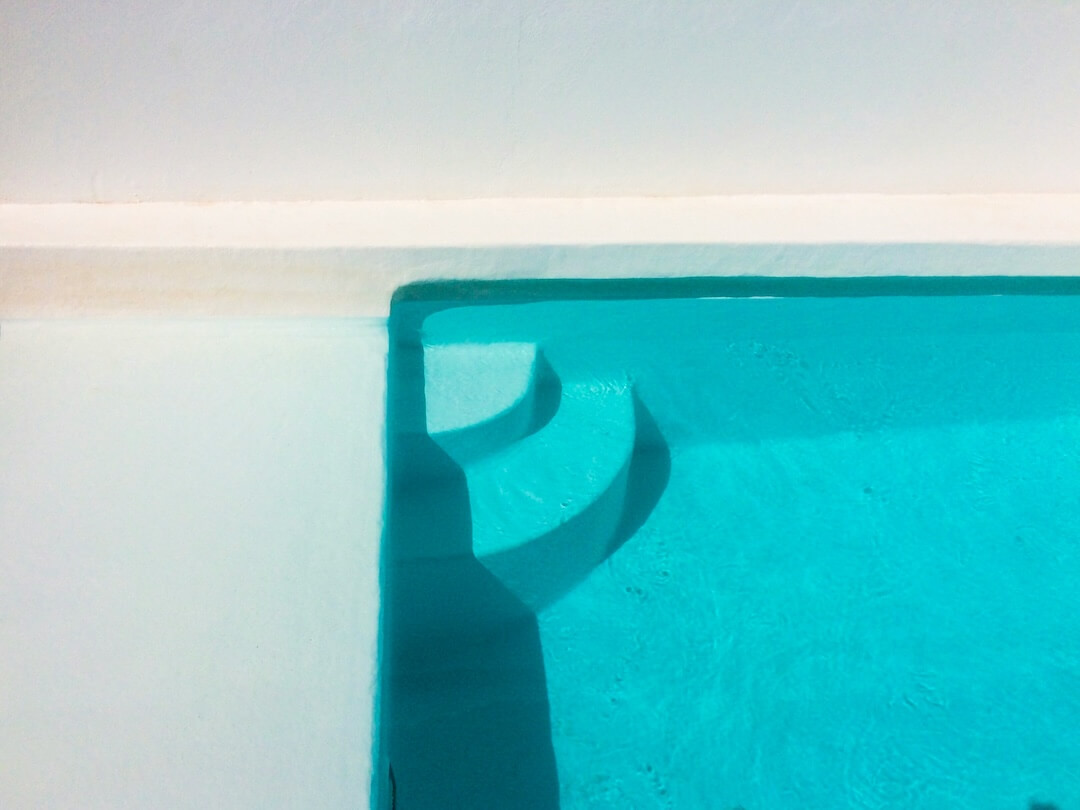How to Balance Pool pH Levels

How to Balance Pool pH Levels
Maintaining proper pH levels in your pool is crucial for ensuring clean, safe, and comfortable swimming conditions. In Cutler Bay’s warm climate, pool water can quickly become unbalanced due to frequent use, evaporation, and environmental factors. Our pool experts understand that a balanced pH not only keeps your water sparkling but also prolongs the life of your pool equipment and prevents skin and eye irritation. If you’re wondering how to keep your pool’s pH in the optimal range, this guide provides essential tips and insights to help you achieve perfect water chemistry.
Understanding the Importance of pH Balance
The pH level measures the acidity or alkalinity of your pool water on a scale from 0 to 14. A pH of 7 is considered neutral, while below 7 indicates acidity, and above 7 indicates alkalinity. For most pools in Cutler Bay, the ideal pH range is between 7.2 and 7.6. Maintaining water within this range ensures that chlorine works effectively to sanitize your pool, prevents scale buildup, and minimizes corrosion of pool surfaces and equipment. An unbalanced pH can lead to cloudy water, algae growth, and increased chemical costs. Our specialists emphasize that regular testing and prompt adjustments are key to keeping your pool water healthy.
How to Test Your Pool’s pH Levels
Accurate testing is the foundation of proper pH balance. Use high-quality test strips or a digital pool water testing kit for reliable results. We recommend testing your pool water at least twice a week during peak swimming seasons and after heavy rainfall or pool usage. When testing, collect a water sample from the middle of the pool, away from skimmers or inlets, to get an accurate reading. Record the pH level and compare it to the ideal range. If your readings fall outside of 7.2 to 7.6, it’s time to take corrective action.
Adjusting pH Levels: Step-by-Step Guide
If your pool’s pH is too low (below 7.2), it indicates that the water is too acidic. To correct this, add a pH increaser, often called pH buffer or pH up, following the product instructions carefully. Typically, this involves broadcasting the chemical evenly across the pool surface and running your pool’s filtration system to circulate the water thoroughly. For pools in Cutler Bay that experience frequent use or heavy rainfall, more frequent adjustments may be necessary.
Conversely, if the pH is too high (above 7.6), the water is overly alkaline. In this case, adding a pH reducer, usually muriatic acid or sodium bisulfate, will lower the pH. Always add chemicals in small amounts, wait several hours, and retest before adding more. Our pool specialists recommend wearing protective gear when handling chemicals to ensure safety. Properly balancing your pH helps chlorine work more efficiently and reduces the risk of scale formation on pool surfaces.
Tips for Maintaining Consistent pH Levels in Cutler Bay
Consistency is key when it comes to pH management. To keep your pool water at the ideal pH, establish a routine testing schedule and always follow chemical manufacturer instructions for adjustments. In Cutler Bay, where the warm climate can cause evaporation and increasing alkalinity, consider using a pH stabilizer or algaecide as recommended by our experts. These products can help maintain more stable pH levels over time, reducing the frequency of adjustments needed.
Another helpful tip is to monitor weather conditions. Heavy rains can dilute pool chemicals and alter pH levels, so test your water after storms and make necessary adjustments. Investing in a reliable pool cover can also help minimize debris and evaporation, which impact pH stability. Remember that maintaining proper water circulation with your pool pump and filter helps evenly distribute chemicals, preventing localized pH imbalances.
Common pH Imbalance Problems and How to Fix Them
In Cutler Bay, common pH issues often stem from environmental factors and overuse. If you notice your water turning cloudy or your pool smelling strongly of chemicals, it could indicate pH imbalance. Overly acidic water can cause skin irritation and damage pool equipment, while overly alkaline water leads to algae growth and scaling. Our specialists are here to help diagnose the root cause and recommend appropriate treatments.
For persistent pH problems, it may be necessary to test other water parameters such as alkalinity and calcium hardness. Proper buffering capacity prevents rapid pH fluctuations, so maintaining alkalinity between 80 and 120 ppm is advised. If your pool exhibits persistent imbalances or if you’re unsure about chemical handling, contact our experienced pool technicians. We provide comprehensive water analysis and professional adjustments to ensure your pool remains in perfect condition.
Why Professional Assistance Matters in pH Balancing
While routine testing and chemical addition can be manageable for many homeowners, complex pH issues or ongoing imbalance problems are best handled by our pool specialists. We understand the unique challenges faced by pools in Cutler Bay, including high temperatures, rain, and frequent use. Our experts use precise testing methods and high-quality chemicals to restore and maintain optimal pH levels efficiently.
Professional maintenance not only saves you time but also extends the lifespan of your pool equipment and keeps your water crystal-clear. Regular inspections and expert adjustments prevent costly repairs and ensure a safe swimming environment. Contact us to schedule a thorough water analysis or routine maintenance service, and let our specialists help you enjoy a perfectly balanced pool all season long.
Proper pH management is an essential part of overall pool care. By understanding how to test, adjust, and maintain your pool’s pH levels, you can enjoy a beautiful, healthy swimming environment right here in Cutler Bay. Our pool experts are always ready to provide guidance, support, and professional services to keep your pool in pristine condition.

